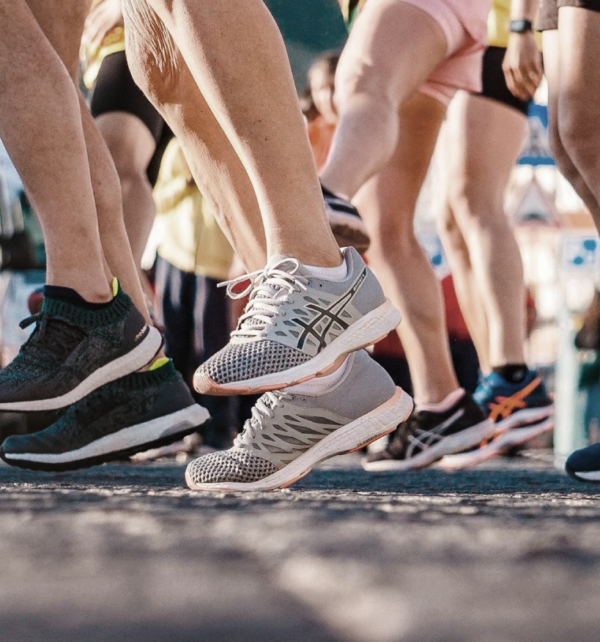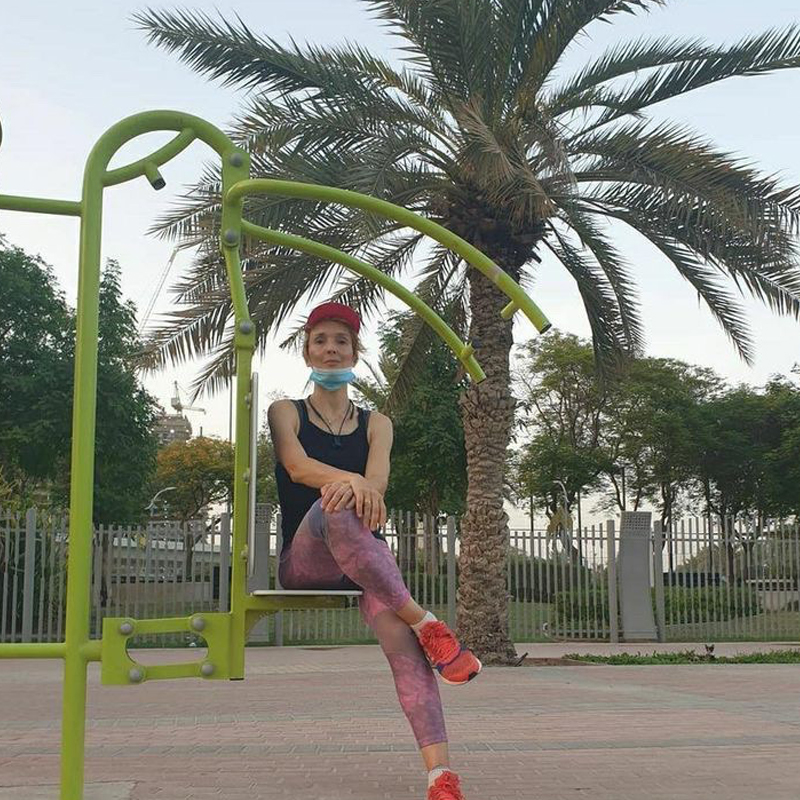Why Dr. Erik?
Dr. Erik Hohmann is a reputed sports injury specialist based in Dubai. Trained in Germany, he possesses immense experience in treating knee, ankle, and shoulder injuries. In his career spanning 21 years, Dr. Hohmann has performed over 15,000 surgeries – all successful. He believes in delivering desirable clinical outcomes by designing tailor-made treatment methodology for his patients. Take pride in choosing Dr. Erik to address your issues related to knees, ankles, or shoulders. His extensive experience in sports orthopedic surgeries makes him the best among the lot of orthopedic surgeons in the UAE.
To speak with Dr. Erik Hohmann, write to patients@drerikhohmann.com or visit him at Burjeel Hospital for Advanced Surgery in Dubai.
To book an appointment click here.
Expertise
Children and adults have specific requirements. Any injury or problem affecting the sports performance of a child or an adult needs appropriate medical care. It could be an injury to bones, joints, tendons, or ligaments. Only a doctor who has expertise in treating pediatric and adult cases can attend to these patient cases. As children and adults have distinct requirements, the doctor shall possess the knowledge and experience.
A specialist who has expertise in treating both adult and pediatric sports medicine cases can treat the following conditions in children and adults:
- Sprains and strains
- Dislocations
- Ligament injuries
- Apophysitis
- Tendinitis
- Overuse injuries
- Cartilage injuries
- Stress fractures
- Fractures of the lower and upper extremity
Earlier doctors followed the conventional surgical technique. That is, the doctors cut open the body making a large incision to perform the repair surgeries. This traditional surgical method has many disadvantages. The patient will have a prolonged hospital stay, and even recovery is slower. The patient might also need a long physiotherapy session to regain strength and mobility. However, in some cases open surgery is the preferred approach and results in better outcomes.
But thanks to the advancement in healthcare and orthopedics. The doctors now possess the expertise to perform the repair surgery through small incisions. This method is called a minimally-invasive procedure. As the name suggests, the doctors make small incisions to repair tears and fractures.
Unlikely in the case of a conventional method, the doctor can perform these procedures as day surgery. It offers many advantages to the patient as well. Often they can leave the hospital on the same day, and most importantly, recovery is faster.
Some of the minimally-invasive procedures in sports medicine are:
- Knee arthroscopy
- Hip arthroscopy
- Ankle Arthroscopy
- Shoulder arthroscopy
- Elbow Arthroscopy
Overuse is a major cause of sports injuries. It happens when athletes train harder and pushes beyond their permitted capacity. It would result in a sprain in their ankles, muscle pullups, and other injuries. These types of injuries, including sprains, muscle tears, tendonitis, knee and shoulder injuries caused by overstraining, are treated through specific methods. However, surgery is required in some cases.
Physical Therapy Options are suitable to treat injuries to tendons, muscles, or ligaments, including:
- Achilles tendonitis
- Patellar tendonitis
- Pubalgia
- Epicondylitis (tennis and golfers elbow)
- Rotator cuff tendonitis (supraspinatus)
- Plantar fasciitis
- Trochanteritis
- Iliotibial band syndrome
- Muscle tears
Platelet Rich Plasma (PRP) is an effective treatment to stimulate healing of damaged tissues, such as:
- Tendon ruptures
- Chronic tendinopathies
- Ligament injuries
- Muscle injuries
Both PRP and Hyaluronic acid (HA) injections can reduce pain and revive the joint function of:
- Knees
- Ankles
- Hips
- Shoulders
- Osteoarthritis
Any person may suffer an injury at any time. While some will heal on its own, others would require the aid of a medical expert.
All orthopedic or sports injuries do not require surgery to heal. Non-surgical procedures can cure a wide range of sports-related injuries.
The cause for each injury will be different from others. Sometimes, it could be an accident. Other times, a fall might have hurt you. Overuse injuries are also common when one overstrains their muscles.
There is a wide range of non-surgical treatments that can relieve your pain or heal an injury. An expert doctor specializing in sports medicine can advise you on the best treatment for your injury.
Some of the non-surgical treatment methods in use are:
- Physical therapy prescription
- Exercise guidance and modifications
- Injury prevention strategies
- Medication management
- Shockwave therapy
- Trigger point injections to relieve musculoskeletal pain
- Joint and bursa injections
- Ultrasound-guided injections of the tendons and ligaments
- Fluoroscopic or X-ray guided epidural injections
- Platelet-rich plasma (PRP) therapy, or bone marrow aspirate concentrate (BMAC) therapy
Overview
ACL rupture occurs in hundreds of thousands of active adolescents and young adults each year. While many ACL tears are treated successfully with standard ACL reconstructive surgery, the pain and morbidity associated with graft harvest, and length of time to full recovery from surgery remain areas I need of improvement. Additionally, arthritis development is commonplace within a decade of injury in young patients treated with standard ACL reconstruction.
Made Possible By Progress
The technique of primary ACL repair was largely abandoned by the mid 1990’s due to marginal clinical outcomes and the thought that the ACL has poor potential to heal. However, careful analysis reveals that certain subgroups, especially proximal tears with good tissue quality, had better clinical outcomes than the group as a whole. In light of the advances in diagnostic imaging, arthroscopic surgical technology, and developments in rehabilitative treatment, primary ACL repair is an emerging concept that is a great alternative for select patients.
The Advantages of Primary Repair
Primary repair has significant potential advantages over current ACL reconstruction techniques, including the preservation of the complex attachment sites and innervation of these structures, which leads to retaining much of the biomechanical and proprioceptive function of these tissues. More specifically, modern MRI imaging can now pre-operatively identify tears that are amenable to repair. Surgical instrumentation now exists that allows anatomic restoration of the normal ACL with robust fixation, allowing for aggressive and effective rehabilitation.
What is a posterior cruciate ligament (PCL) injury?
Like the anterior cruciate ligament (ACL), the posterior cruciate ligament also connects the thighbone (femur) to the shinbone (tibia). Unlikely an ACL injury, PCL injury is less common. Also, PCL injury generally causes less pain, disability, and knee instability compared to ACL injury. But it can still take several weeks or months for a person to recover from it.
Signs of PCL injury
- Pain – A person with a PCL injury may experience moderate pain in the knee and may find it difficult to walk.
- Swelling – Knees will swell quickly within hours of the injury
- Instability – The person may feel that his knee is loose
Sagging of the lower leg
Pain in the patella
If other parts of the knee have not been affected, likely, the person may only experience mild pain. It might feel like nothing much has happened. But if other parts of the knee are injured, there are chances for severe pain and other signs.
Causes of PCL injury
The posterior cruciate ligament experiences a tear when the shinbone is hit hard just below the knee or when a person falls on a bent knee. The injury occurs during a motor vehicle accident or while playing contact sports.
Arthroscopy
Arthroscopy is a safe procedure for treating PCL injury. The surgeon makes a small incision and repairs the damage to the ligament or the joints with pencil-thin surgical instruments. Similar to ACL reconstruction the surgeon will use a soft tissue graft [hamstring or quadriceps tendon] and replace the PCL. Sometimes the PCL can be repaired directly. In addition there is the option of a synthetic graft which is not available in all countries. The patient undergoing the procedure can usually leave for home on the same or next day. Physiotherapy will help regain strength and stability.
Cartilage injury is common. A study from 1992 has shown that cartilage injury was observed in. nearly 60% of patients undergoing keyhole knee surgery for various reasons. Most commonly, it occurs in the knees. Despite that, it may also hurt hips, ankles, and elbows.
Cartilage is a strong but flexible tissue that covers the surface of joints and acts as a shock absorber, allowing bones to slide over one another. The cartilage may suffer an injury during sporting activities. Osteoarthritis could be another reason that results in the gradual wearing and tearing of the tissue.
Minor cartilage injury may recover but the problem here is that the cartilage does not have its own blood supply and relies on “nourishment” from the joint itself. Often more severe cartilage damage would require surgery.
Symptoms
If you have suffered a cartilage injury, you will experience:
- Joint pain – You will experience joint pain throughout the day, even when you are resting. Your pain will be at its peak when you put weight on your knees.
- Swelling – It might take some time to develop swelling
- Stiffness, a grinding sensation are other signs of cartilage injury
Treatment
A minor cartilage injury will improve on its own within a few weeks. However, if you have suffered severe cartilage damage, you might need surgery to fix it.
Surgery is performed using arthroscopy – a type of keyhole surgery where instruments are inserted into the joint through small cuts (incisions) – although sometimes larger incisions need to be made.
The procedure is carried out under general anesthesia.
A severe injury to the skeletal or muscular system due to an external force is called an orthopedic trauma. It can be damage to your bones, joints, or any soft tissues. Possible causes of an orthopedic trauma injury are a fall or any form of accident. It can also result from overuse. For instance, long-distance running can cause tibial stress fractures or hairline cracks in the lower leg.
These injuries may not be life-threatening. But it can be life-changing. Hence it is important to get treated by an experienced trauma care specialist for your injuries.
Causes
- Falling
- Being involved in a car or motorcycle accident
- Physical violence
- Being injured while playing a sport (basketball and football have the highest number of orthopedic injuries)
- Natural disasters
People with osteoporosis are more likely to suffer injuries compared to others.
Treatment
All fractures are treated differently. Some might require minimally invasive surgery, while others are fixed using external fixation methods.
Non-surgical methods
Fractures or dislocations related to the clavicle, scapula, humerus, wrist, hand, and foot can be treated without surgery. But it depends on the severity of the damage caused.
In the non-surgical treatment methods, the doctor might use external fixation methods, such as splints, casts, braces to stabilize the fracture.
Surgical methods
If the injuries are severe, the doctor might perform surgery to fix the issue. It might include grafting, limb lengthening, and complex reconstruction.
Recovery
The recovery period for fractures depends on the type and the severity of the injury. It can take up to a few weeks to a few months. During the journey to recovery, you might strictly follow the instructions of your doctor.
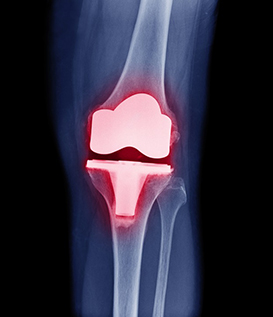 Computer Assisted Total and Partial Knee Replacement and Revision Surgery, High Tibial Osteotomies, Re-alignment Surgery, Surgery for Patella Dislocation and Malalignment, Medial and Lateral Ligament Reconstructions and Internal Bracing
Computer Assisted Total and Partial Knee Replacement and Revision Surgery, High Tibial Osteotomies, Re-alignment Surgery, Surgery for Patella Dislocation and Malalignment, Medial and Lateral Ligament Reconstructions and Internal Bracing
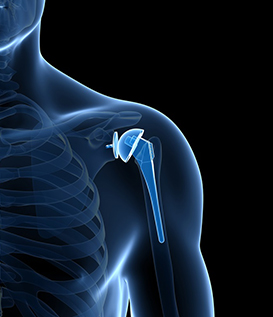
Total and Partial Shoulder Replacement, Reverse Shoulder Replacement
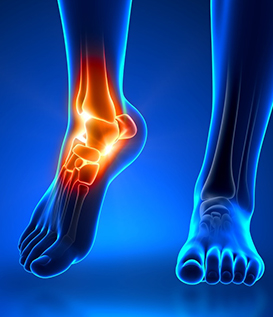 Arthroscopy, Ligament Reconstructions and Bracing, Cartilage Transplantation
Arthroscopy, Ligament Reconstructions and Bracing, Cartilage Transplantation
Contact Us
We are just a call away! How can we help you! Drop a line in the given form and we will revert back to you shortly


